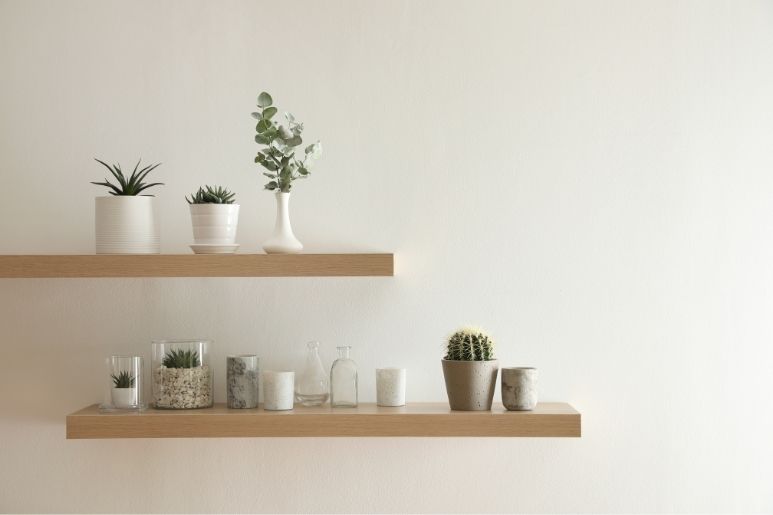
Tips for Determining Spacing for Wall Shelves
Your walls speak for your home, and what you decide to decorate them with matters. You don’t want your walls to end up with shelves that are too high up or too low or, even worse, uneven. It may not appear visibly noticeable the moment you hang things up or make holes in the wall, but the moment you step back to take a look, it’ll become glaringly obvious to you and those who enter your home. To avoid these mishaps, follow these tips for determining spacing for wall shelves.
Location
The first tip in determining the spacing for your wall shelves is to figure out the location of your shelves. If you’re planning to add shelves to the hallway, living room, or dining room, the guidelines for your wall shelves will change. Here are some helpful guidelines for these rooms:
- Living Room – If you’re hanging shelves in your living room, measure 10 inches above the back of your sofa, loveseat, or couch.
- Hallway – For the hallway, measure 5 to 6 feet up from the ground.
- Dining Room or Bedroom – Measure 4 to 4.5 feet up from the floor.
These guidelines are a good place to start, but there are still more tips that will help you achieve a neat and crisp-looking wall filled with shelves.
Use and Purpose
Aside from its location, another good tip is to figure out the use and purpose of your shelving units. For example, if you’re planning to place books or other large items on your shelves, you’re going to want to give your shelves the appropriate amount of spacing between them. The standard is anywhere from 8 to 16 inches between, but it will ultimately need to cater to your specific use and purpose.
Type of Shelving
The last tip for determining the spacing of your wall shelves is to consider the type of material you’re using for your shelves. The specific material you use can alter the necessary spacing between them. Rather than just following the standard recommendations, you want to place your shelves according to what is best for their specific type. Below are a few of the common shelving types:
- Floating
- Plywood
- Glass
- Lumber
- Particleboard
Now that you have the knowledge you need to place your wall shelves correctly, check out our modern shelf brackets or our newly available kits that include shelf, bracket, and mounting hardware. They can help you get the job done. Right On Bracket can send American-made brackets straight to your door, so be sure to contact us for your next project.


